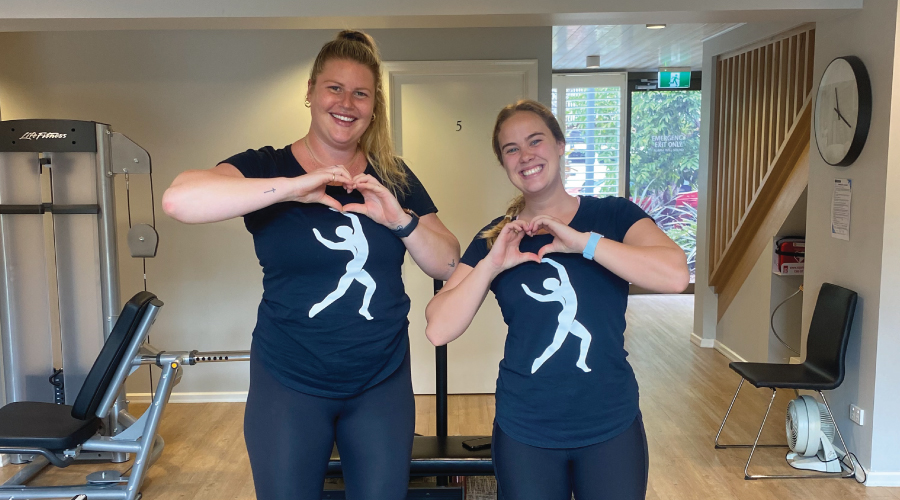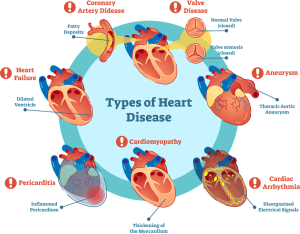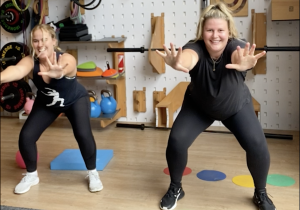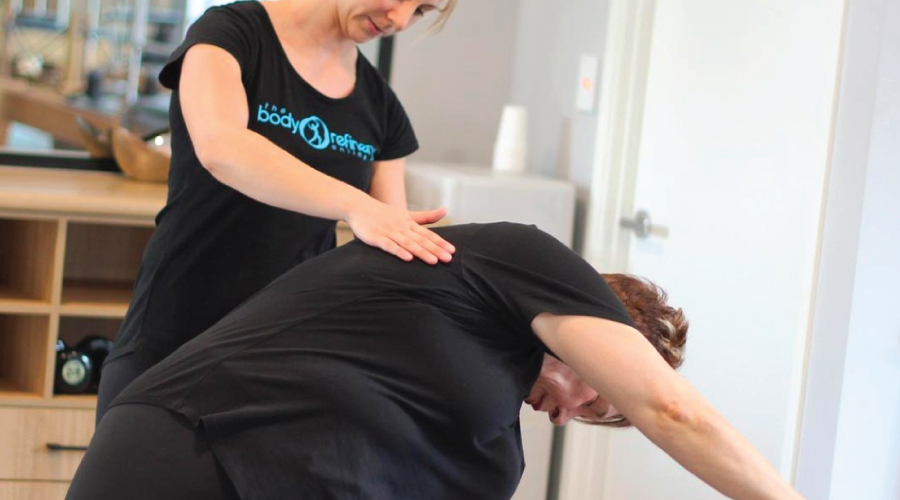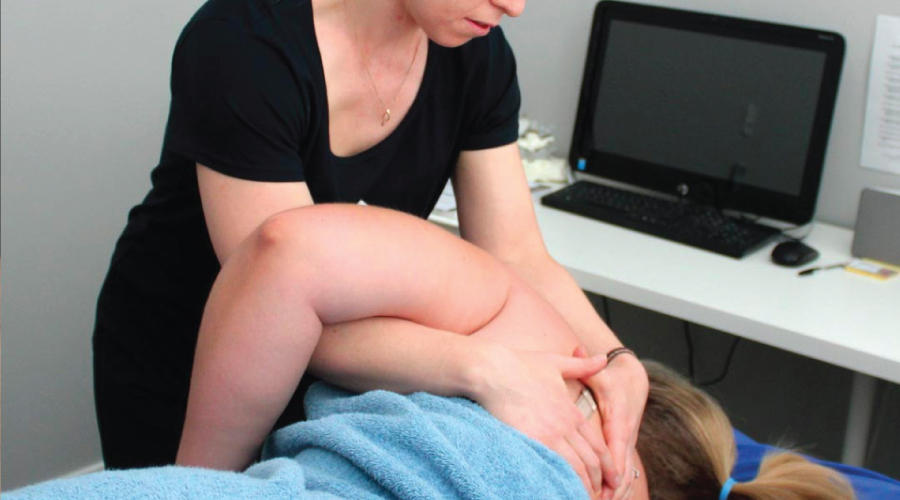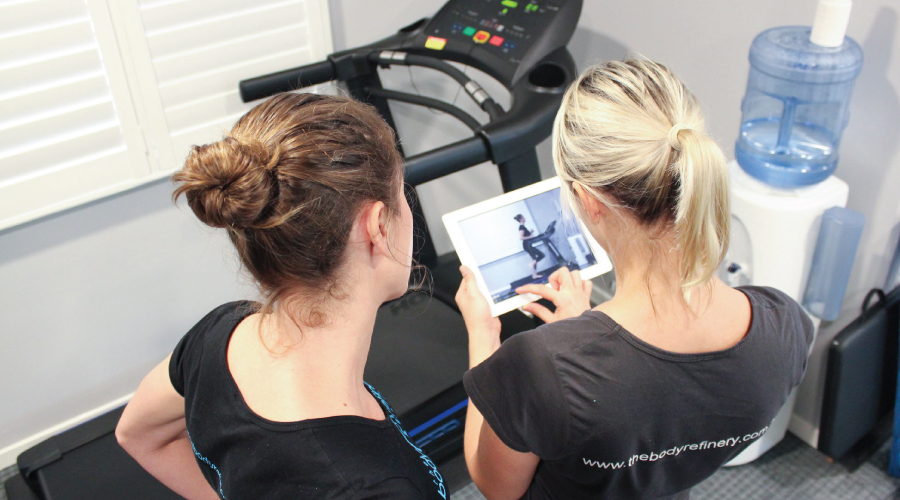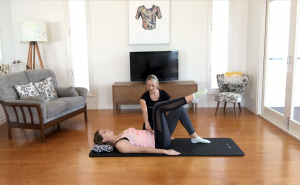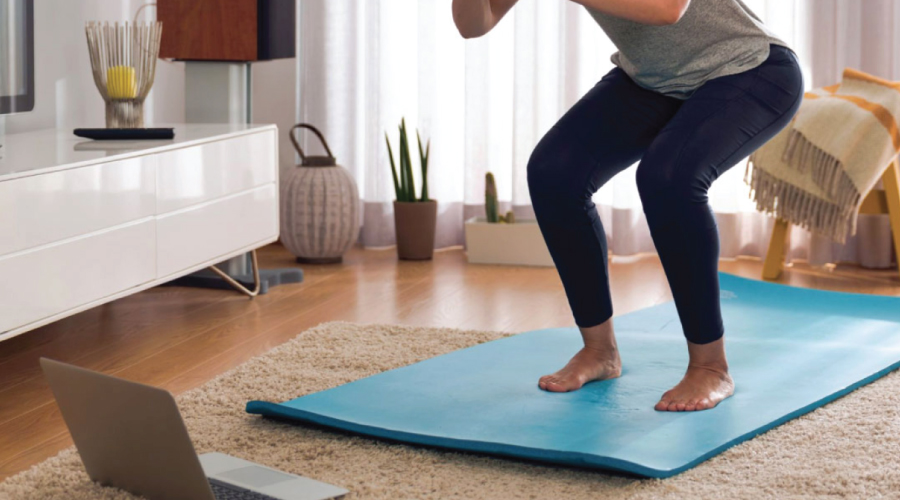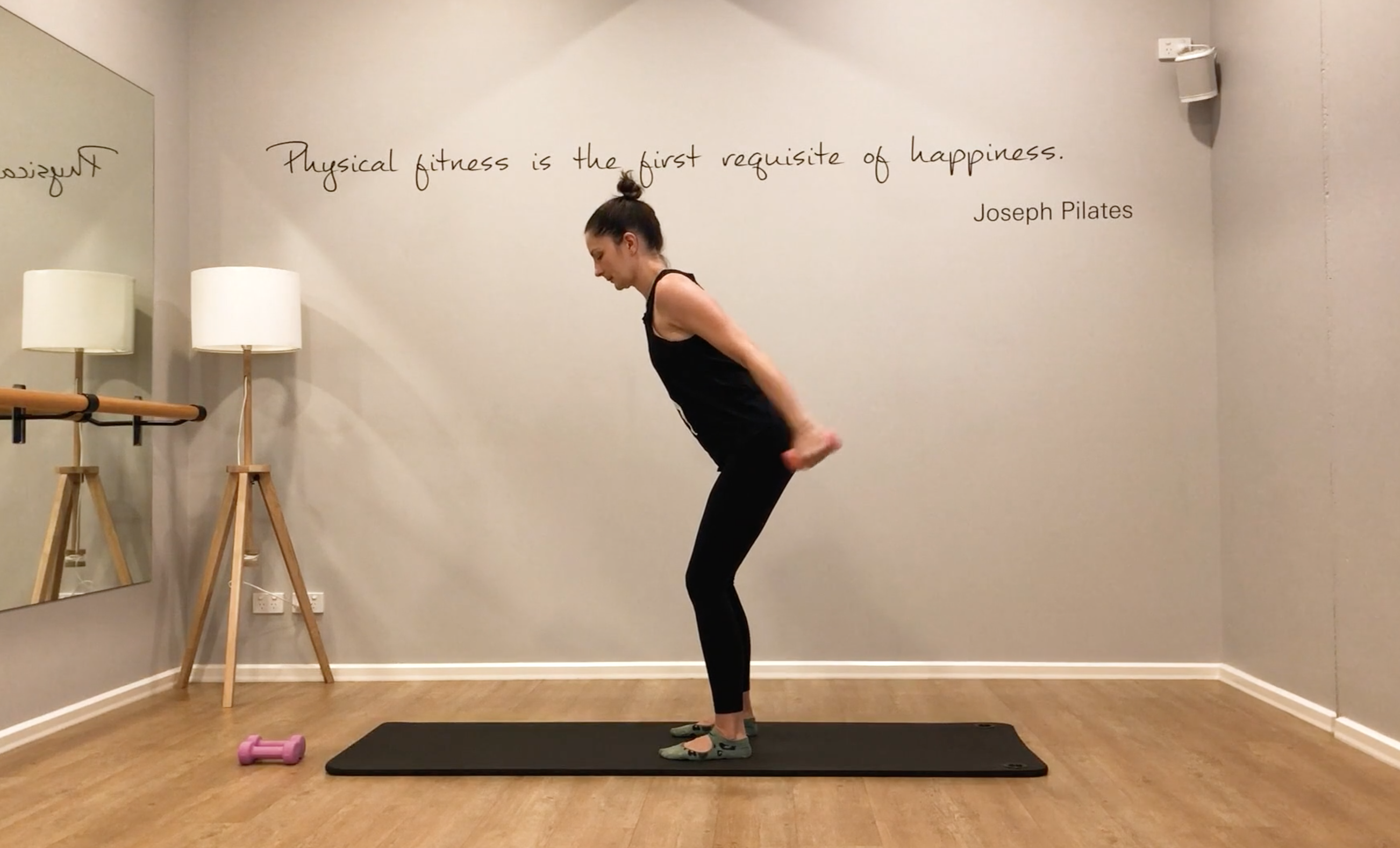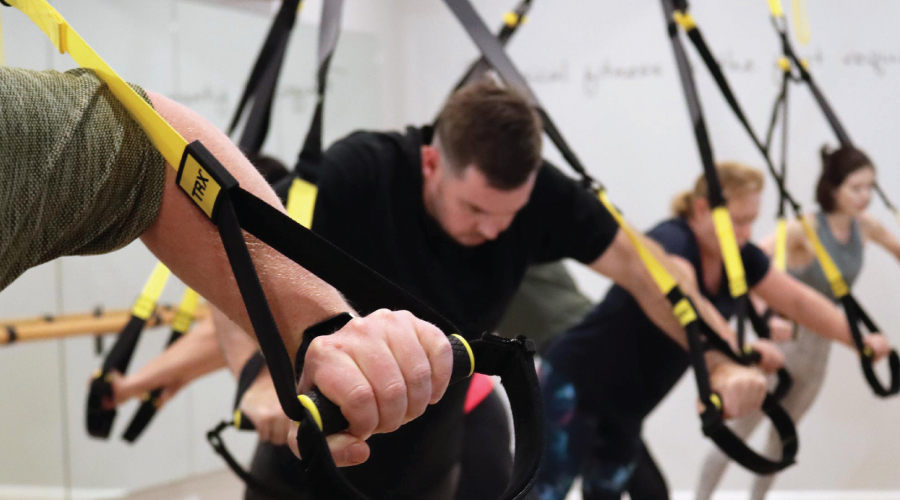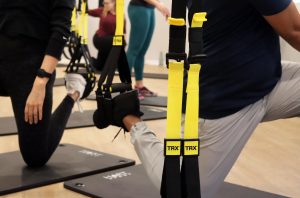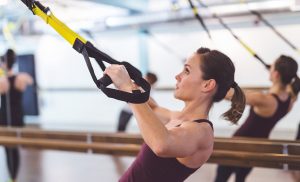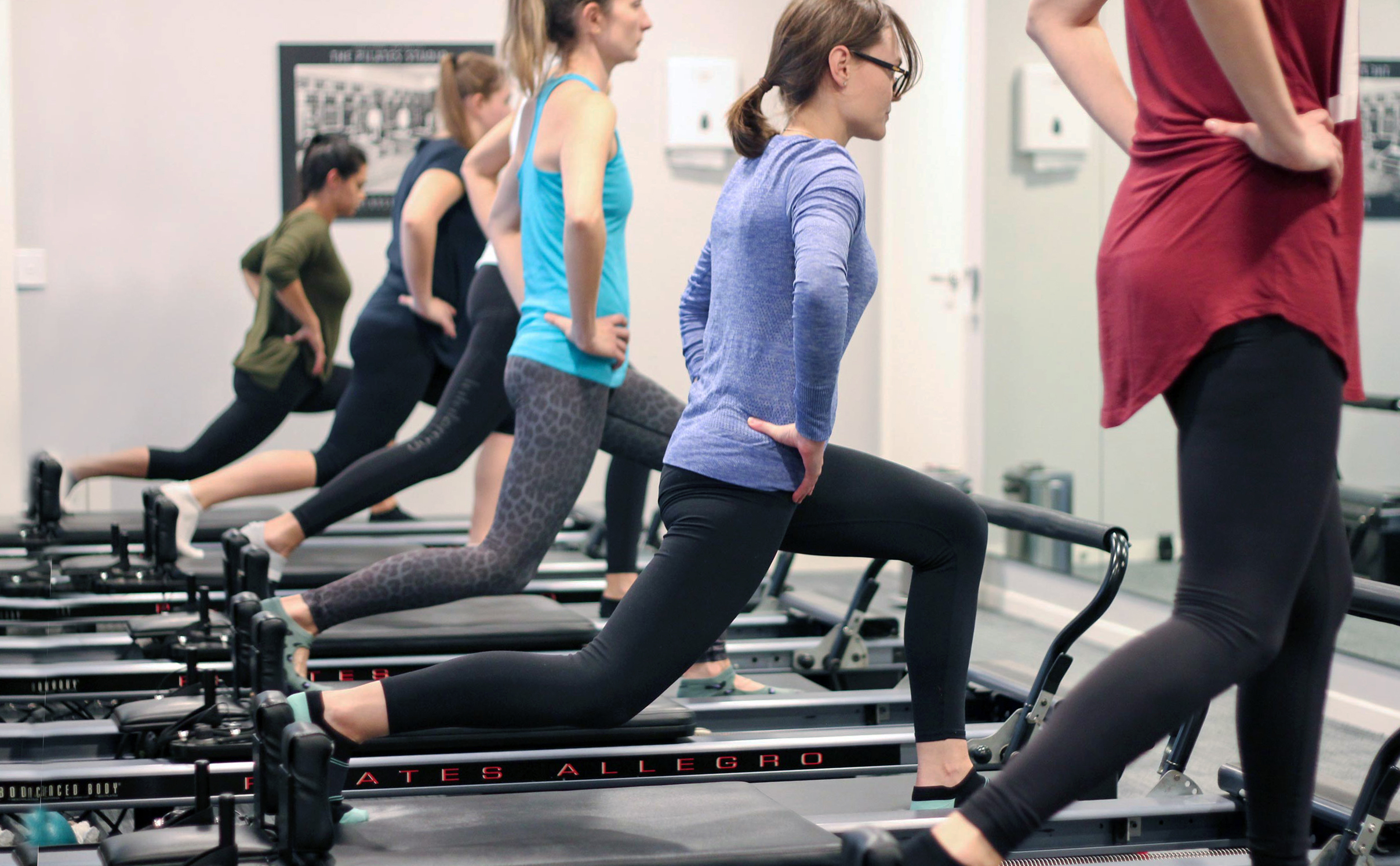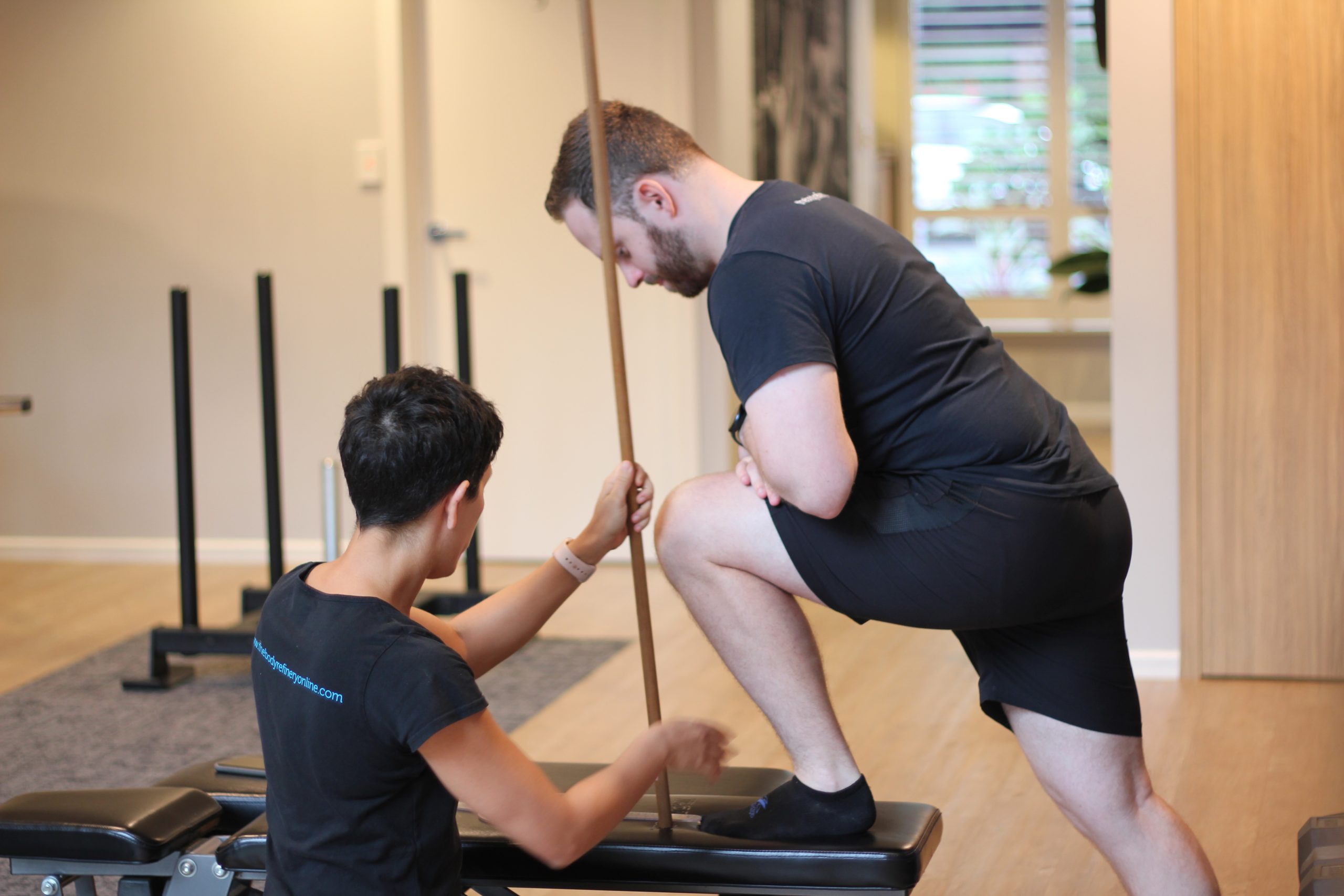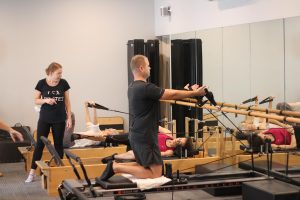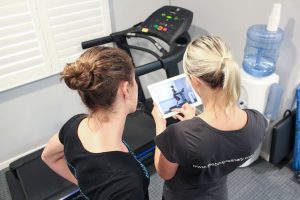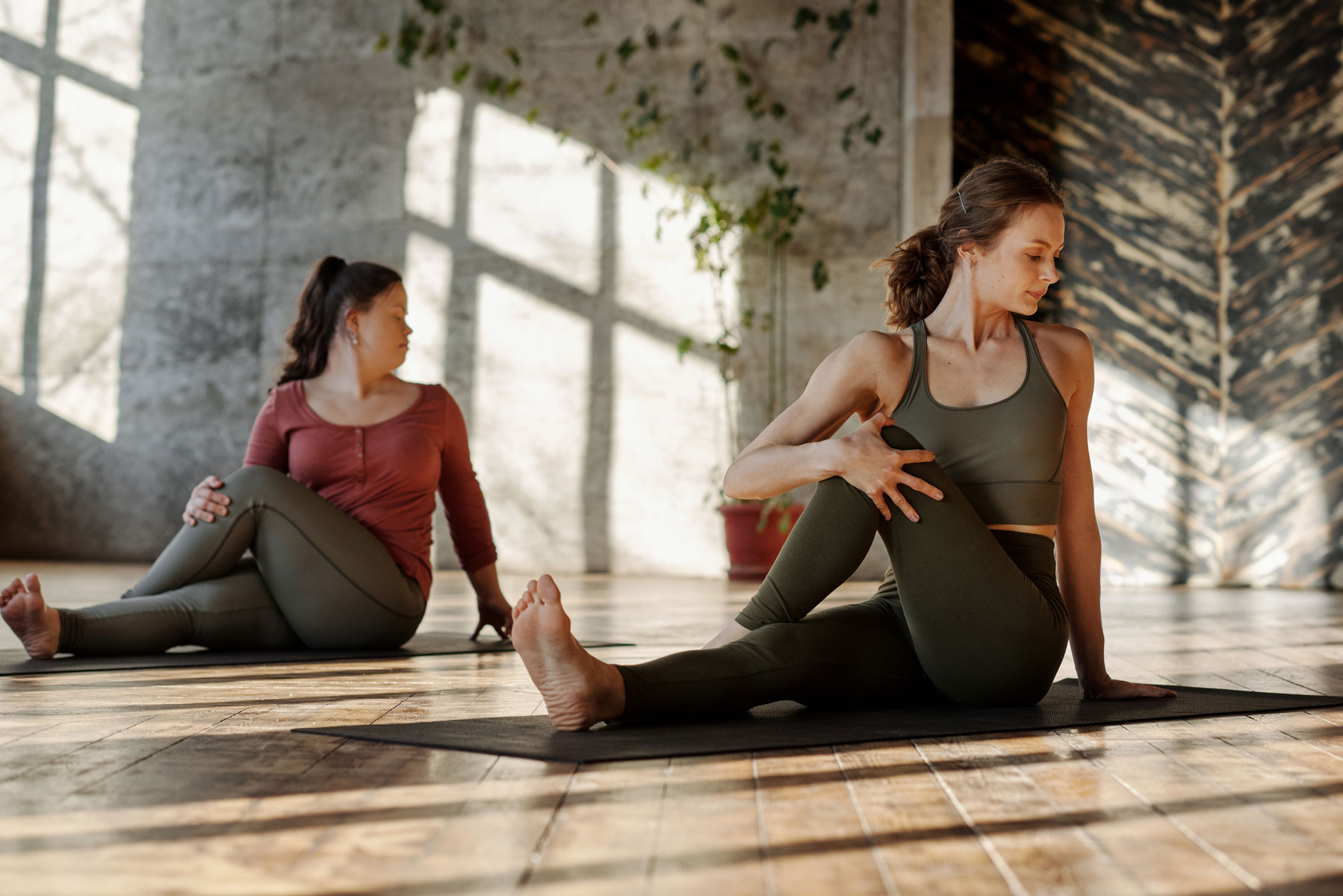
Yoga is a popular form of exercise that brings various health benefits for individuals without the usual strenuous movements involved in other workouts. Because of this, more people are starting to get into the practice of yoga. A study on the diversification of physical activities in Australia shares that yoga is among the top ten most practised forms of physical activity in the country. Further research indicates that the level of participation of US and Australian individuals in yoga are higher than in Tai Chi and Qigong, which are exercises that are similar to yoga.
Although yoga is undoubtedly beneficial for both men and women, there are some health issues that only or most women experience where yoga is advantageous. So, here are the three benefits of yoga for women:
Helps during pregnancy and labour
Because yoga focuses on breathing exercises and gentle stretching, it’s one of the physical activities that pregnant women can safely perform to remain active and healthy. As a matter of fact, the discipline of prenatal yoga is specifically designed for pregnant women. It allows expecting mothers to physically prepare themselves for childbirth by helping them increase their strength and flexibility. It can also guide first-time mothers in combating the anxieties related to pregnancy: prenatal yoga teaches women breathing exercises that can enable them to relax and stay positive once they go into labour.
Some of the best prenatal yoga poses for pregnant women are the standing side stretch and the wide-knee child’s pose. These alleviate back and stomach pain while improving flexibility. However, it’s important to note that even if most women practise prenatal yoga, it’s still best to consult with healthcare professionals before performing any physical activity during pregnancy.
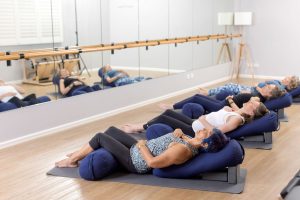
Improves sleep quality
Studies on self-reported sleep quality revealed that women adults in Australia are more likely to experience suboptimal sleep, which is alarming because sleep quality is associated with other health conditions, such as obesity, cardiovascular diseases, and type 2 diabetes. Fortunately, yoga is proven to help individuals sleep better as well. In fact, one reason why people should start doing yoga is that it promotes better sleep efficiency and quality. You can experience these effects in as little as eight weeks if you practice yoga consistently. This is because the activity promotes deep and slowed breathing, which may induce people to sleep better. It also encourages individuals to be mindful of their present state, allowing them to forget any worries that may be affecting their slumber.
Some examples of yoga workouts for improved sleep include the standing forward bend and legs-up-the-wall pose. These can regulate breathing in preparation for sleeping. To further promote better sleep, consider keeping your bedroom dark and quiet and avoid consuming drinks with caffeine a few hours before bedtime.
Boosts heart health
Another health condition affecting individuals is cardiovascular disease. Indeed, a national health report on cardiovascular diseases in women finds that over half a million Australian women had one or more heart, stroke, and vascular disorders. Luckily, yoga can support women in boosting their heart health. Aside from alleviating stress, yoga encourages individuals to take deep and slow breathing exercises. Such exercises can decrease your heart rate and dilate your blood vessels to enhance your overall blood flow.
Some simple yoga routines for a healthy heart include the seated forward bend pose and the bridge pose. However, yoga should not be the sole prevention method for cardiovascular diseases. In our article on health checks last Women’s Health Week, we shared that women aged 45 and above should receive heart health checkups at least every two years. This is because you become more susceptible to such health issues as you age. That being said, while yoga is beneficial, consulting medical professionals are still necessary to help you reap the most benefits out of this relaxing yet effective activity.
Article contributed by Ruth Jentson for The Body Refinery
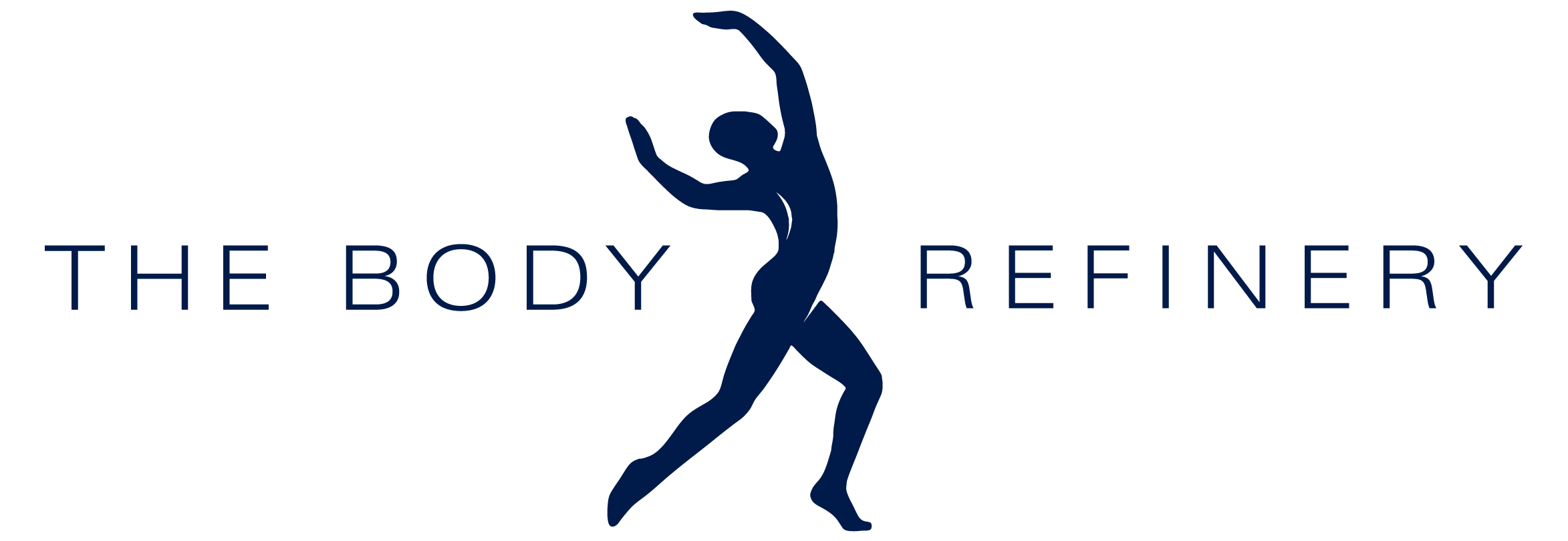
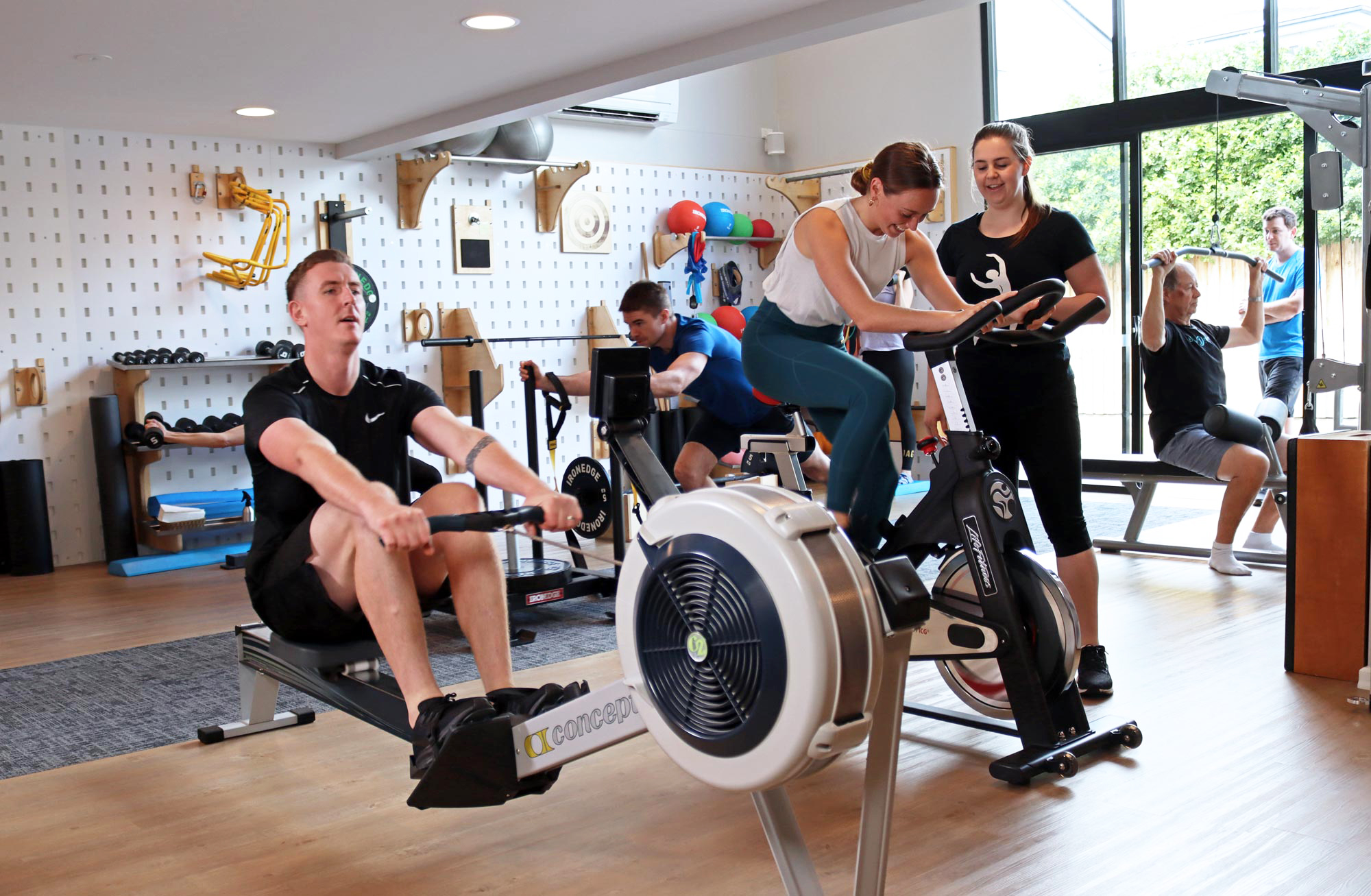
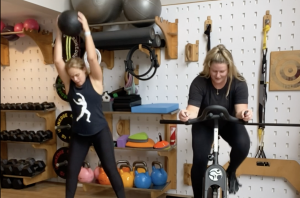 Improves Blood Pressure
Improves Blood Pressure